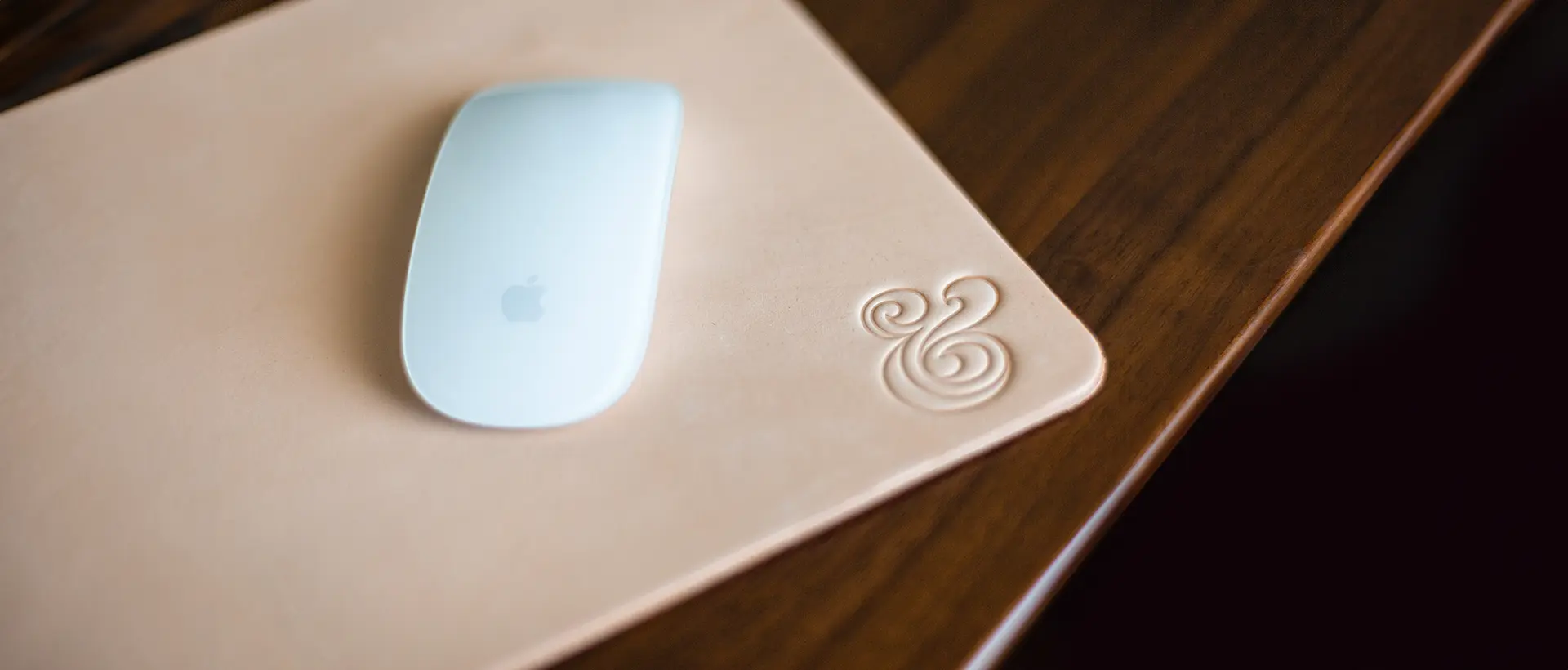0 Comments

Introduction
The humble mouse pad plays an important role in computing comfort and performance. Though taken for granted, common mouse pads are remarkably engineered products. This article will delve into the mouse pad production process. Discover what raw materials and techniques produce the versatile pads that grace millions of desks.
Sourcing the Raw Materials
Mouse pad manufacturing begins with procuring the right raw materials. There are three key ingredients:
The Base Fabric
Most pads use a top layer of polyester fabric. Polyester offers durability and consistency while keeping costs modest. The base fabric is dyed or printed to achieve the desired pad color and artwork.
The Rubber Bottom Layer
A layer of natural or synthetic rubber coats the underside. This grippy rubber backing keeps the pad firmly planted during use. It also provides a noise-dampening buffer.
The Filling
Foam or rubber sheets fill the interior. Different densities absorb varying amounts of pressure between base fabric and backing for preferred cushioning.
Advanced Manufacturing Processes
Producing quality mouse pads at scale requires specialized equipment and techniques:
Digital Printing
Digital printing applies intricate pad graphics on the polyester base layer with precision and vibrancy. Automated machines print at high speeds for efficiency.
Laser Cutting
Lasers precision cut foam and rubber fill layers to match the base shape. This ensures perfect alignment and edges. Lasers work rapidly for mass production.
Lamination
A heated press bonds the layers together into a unified pad. Simultaneous curing and hardening activate durable adhesive between the materials.
Quality Control and Finishing
The final steps complete a pad primed for customer use:
Inspection
Every pad undergoes examinations for defects and consistency. Subpar pads are rejected and recycled.
Trimming and Packaging
Automated trimming shapes pad edges neatly. Pads are then packed for retail or bulk shipping.
Optional Enhancements
Some pads receive extras like antimicrobial treatments or waterproof coatings for added functionality.
In Conclusion
While seemingly simple, common mouse pads require meticulous engineering. The combination of quality materials, efficient manufacturing, and extensive quality control produces affordable pads ready to meet today's mousing needs.
0 ביקורות
0 דירוג כולל
0 מתוך 0 (0%)
לקוחות המליצו על פוסט זה
